Diffusion Bonding: Unlocking Precision and Strength in Material Joining
California Nanotechnologies has set itself apart as a leader in advanced manufacturing processes, with diffusion bonding being one of the cornerstones of their capabilities. As industries continue to demand higher-performance materials and stronger bonds, diffusion bonding has proven to be a critical solution. Offering superior bonding strength without the need for melting the materials, it stands as an efficient, cost-effective technique in the aerospace, electronics, and materials science industries, to name a few.
Understanding Diffusion Bonding
Diffusion bonding is a solid-state joining process that utilizes heat and pressure to bond materials below their melting point. The key to this technique lies in atomic diffusion. When two materials with clean, smooth surfaces are brought together under controlled temperature and pressure conditions, atoms from each material begin to diffuse across the interface. This process forms a strong, seamless bond without the need for any filler material.
This technique is particularly valuable in industries where traditional joining methods, such as welding or brazing, may not be suitable. With diffusion bonding, manufacturers can join materials that would otherwise be difficult to weld or those that require precise control over material properties, such as temperature sensitivity or strength. The result is a joint that maintains the integrity of the original materials while achieving superior performance.
The Diffusion Bonding Process at California Nanotechnologies
California Nanotechnologies is recognized for its expertise in diffusion bonding, offering advanced capabilities that allow for the precise bonding of complex parts. The company's process involves several critical steps, each carefully monitored to ensure optimal results.
- Material Selection and Preparation: To start, the company carefully selects the materials to be joined, considering factors such as composition, desired properties, and application. Surfaces must be thoroughly cleaned to remove contaminants like oils, oxides, or dirt, as any impurities could affect the success of the bond.
- Controlled Temperature and Pressure: The materials are placed in a specialized furnace where the temperature is precisely controlled. The temperature is kept just below the melting point of the materials, typically around 0.5 to 0.7 times their melting temperature, ensuring that atomic diffusion can occur without causing any undesirable effects such as melting or warping.
- Bonding Process: Under the application of heat and pressure, atomic diffusion takes place across the interfaces of the materials. The result is a strong, reliable bond that is uniform across the joined area. The pressure applied during this process is critical for ensuring a tight, defect-free bond.
- Cooling and Quality Assurance: Once the bonding process is complete, the materials are cooled, and the bond is carefully inspected to ensure it meets the required specifications. Testing methods include visual inspection, microscopic examination, and tensile testing to assess the bond's strength and integrity.
Why Choose Diffusion Bonding?
There are several compelling reasons why diffusion bonding stands out as the preferred joining method for many advanced applications. Some of these advantages include:
- High Strength Bonds: Diffusion bonding creates strong, permanent bonds that often outperform other joining methods, making it ideal for critical applications.
- No Need for Filler Materials: Unlike welding or brazing, diffusion bonding does not require any filler materials, reducing the risk of material contamination or degradation.
- Preservation of Material Properties: Since the process occurs below the material’s melting point, the overall properties of the materials are preserved, including strength, ductility, and resistance to fatigue and corrosion.
- Join Dissimilar Materials: Diffusion bonding enables the joining of dissimilar materials that might be challenging to weld, such as metals to ceramics or alloys with differing properties.
Applications of Diffusion Bonding
California Nanotechnologies' diffusion bonding expertise serves a broad range of industries, each requiring high-quality, reliable bonding solutions. Some key areas where diffusion bonding has proven essential include:
- Aerospace: The aerospace industry demands precision and high-performance materials. Diffusion bonding is used to create lightweight, strong joints for aircraft and spacecraft components, including turbine blades and heat exchangers.
- Electronics: In the electronics industry, diffusion bonding is used for creating durable, high-conductivity bonds in components like heat sinks, electrical contacts, and semiconductor devices.
- Energy: The energy sector, especially in power generation and renewable energy, relies on diffusion bonding for creating highly resistant materials that withstand extreme conditions.
- Medical Devices: Medical devices often require high levels of precision and reliability. Diffusion bonding allows manufacturers to create robust, biocompatible joints for devices like implants, surgical tools, and diagnostic instruments.
- Materials Science: In the field of materials science, diffusion bonding is used to create novel materials and components that require precise, defect-free bonds, such as for research purposes and product development.
Why California Nanotechnologies?
California Nanotechnologies offers an unmatched level of expertise in diffusion bonding, thanks to its team of skilled engineers and state-of-the-art facilities. The company prides itself on providing customized solutions that meet the unique needs of each client, ensuring that every product is bonded to the highest standards.
By offering precise control over the bonding process and the ability to work with a wide variety of materials, California Nanotechnologies delivers solutions that are both effective and efficient. Whether the project involves creating complex aerospace parts, durable medical devices, or high-performance electronics, the company has the experience and tools necessary to produce outstanding results.
Conclusion
With its cutting-edge diffusion bonding services, California Nanotechnologies is at the forefront of helping industries meet their growing demand for stronger, more precise material joints. The company’s expertise in controlling the diffusion bonding process ensures that materials are joined without compromising their integrity, making it an invaluable solution for applications in aerospace, electronics, energy, and beyond.
As industries continue to evolve and demand higher performance, California Nanotechnologies remains committed to providing the highest quality diffusion bonding solutions to meet the needs of its clients. Whether you are developing advanced components or need reliable, high-strength bonds, diffusion bonding offers a durable, precise solution that will help your projects succeed.
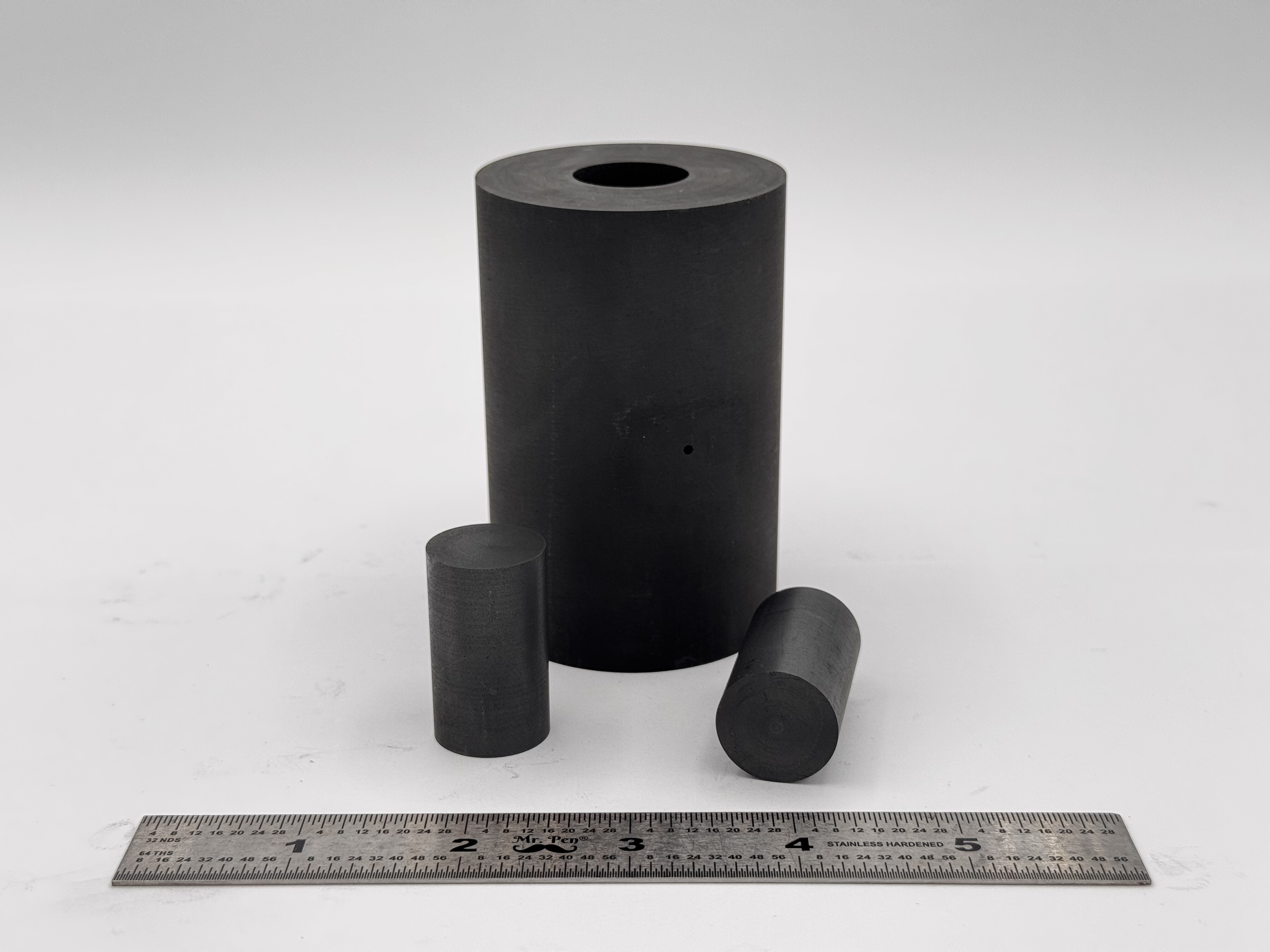 High Strength SPS Graphite Tooling
High Strength SPS Graphite Tooling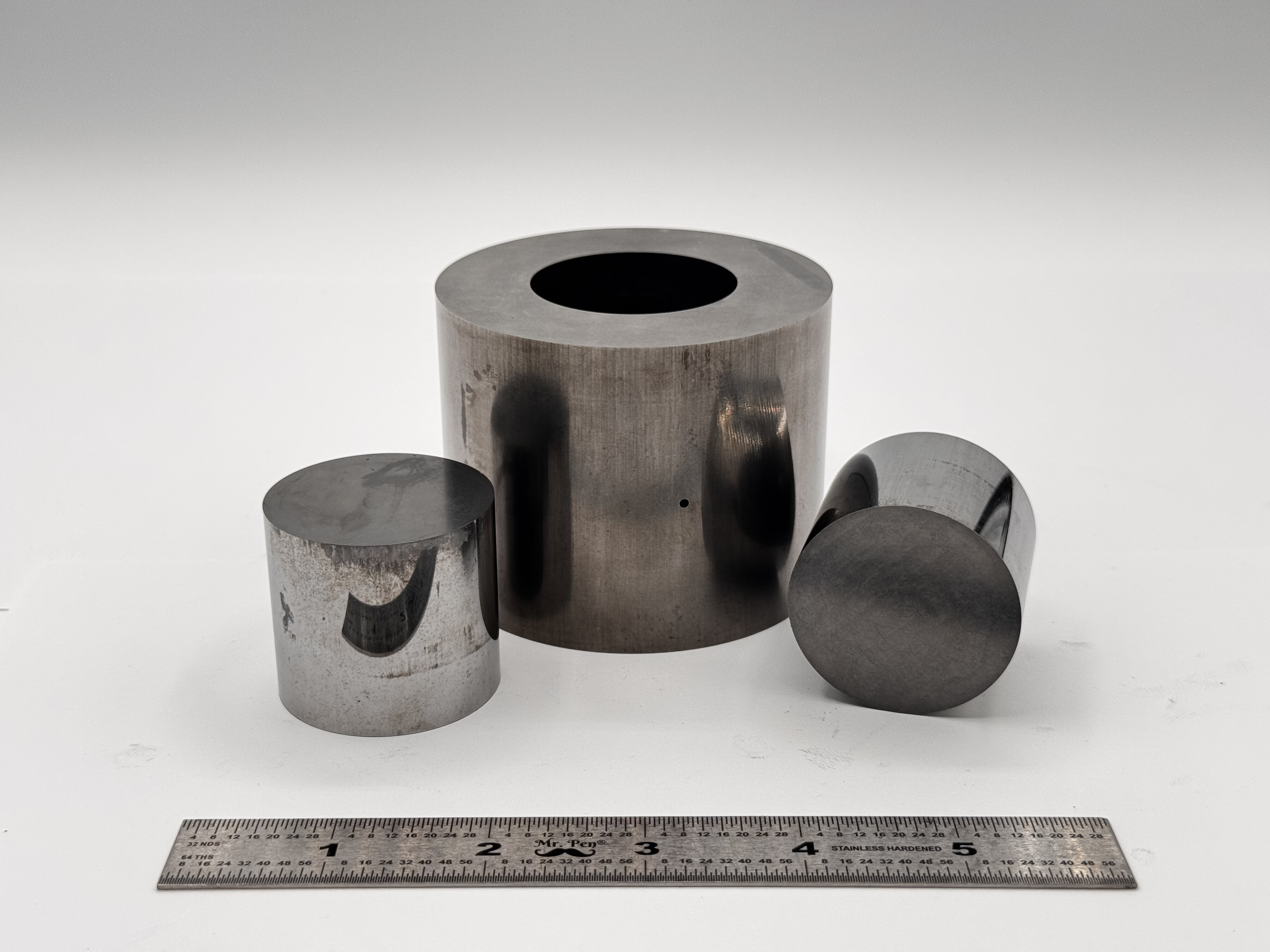 Tungsten Carbide Tooling
Tungsten Carbide Tooling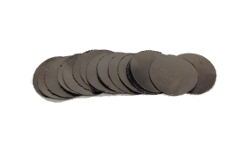 Carbon Graphite Foil / Paper
Carbon Graphite Foil / Paper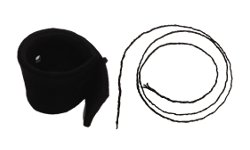 Carbon Felt and Yarn
Carbon Felt and Yarn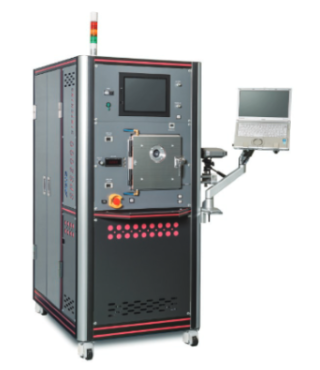 Spark Plasma Sintering Systems
Spark Plasma Sintering Systems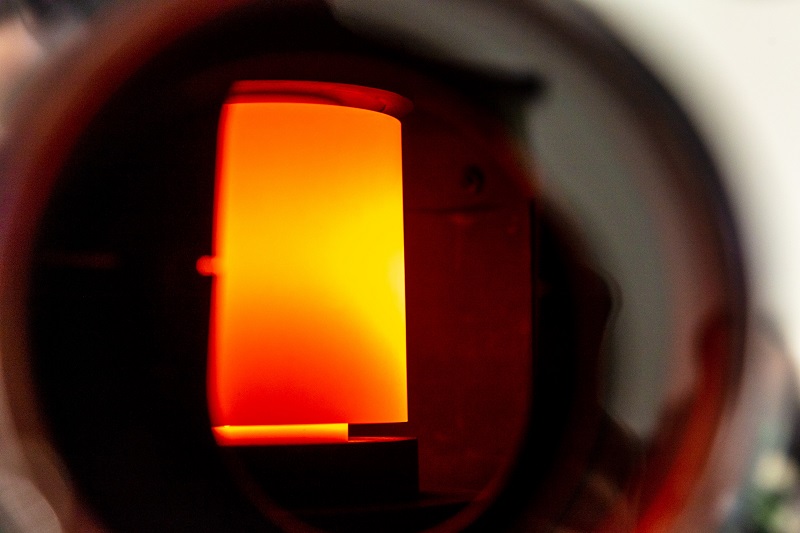 SPS/FAST Modeling Software
SPS/FAST Modeling Software